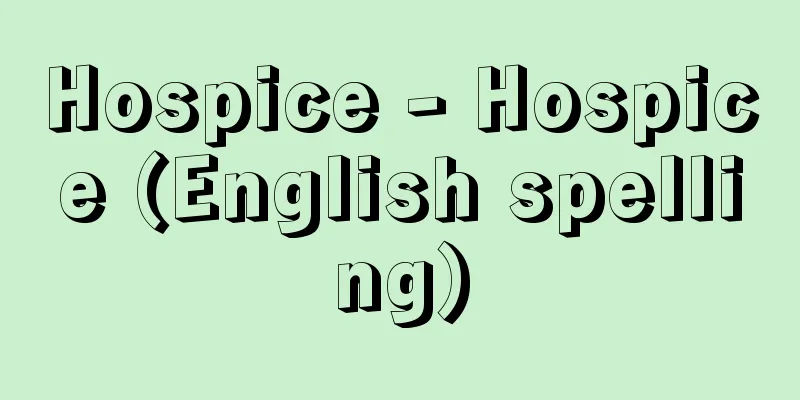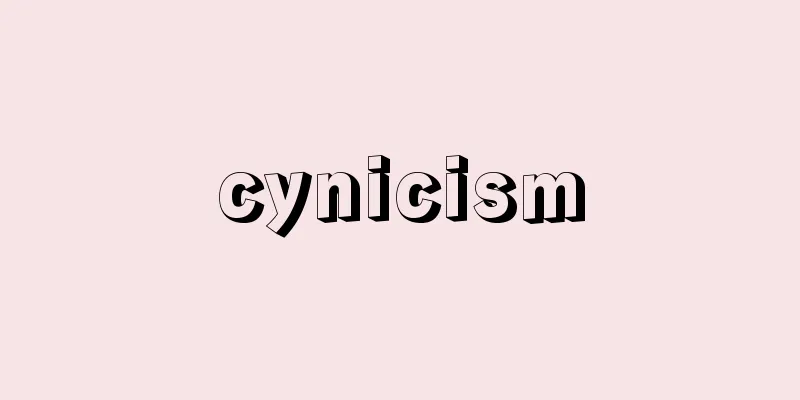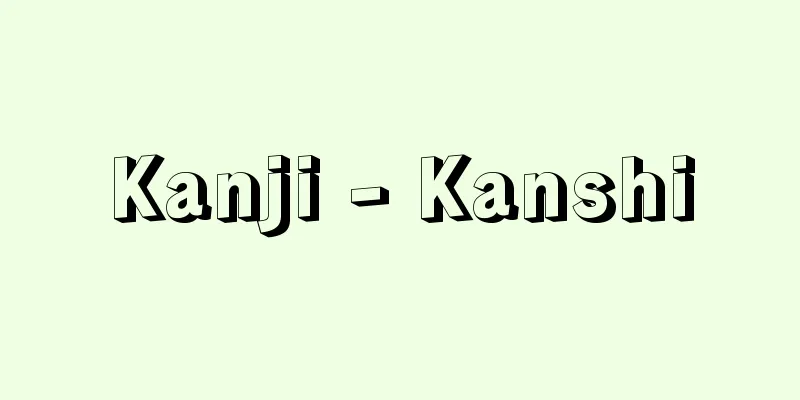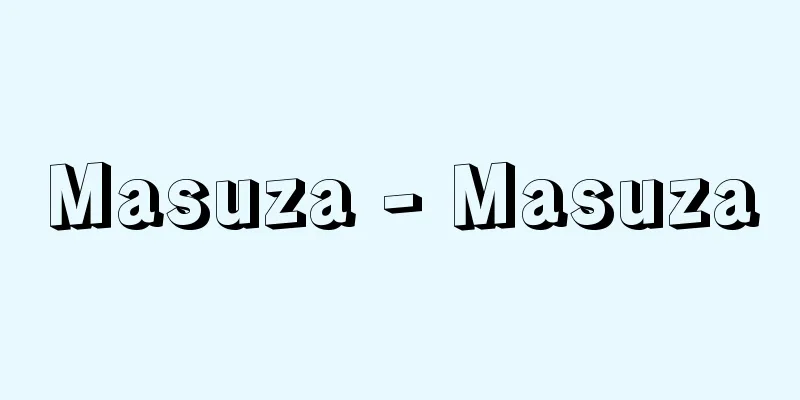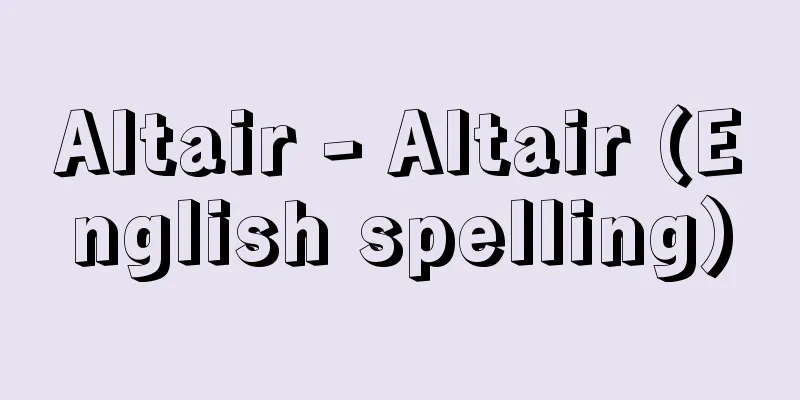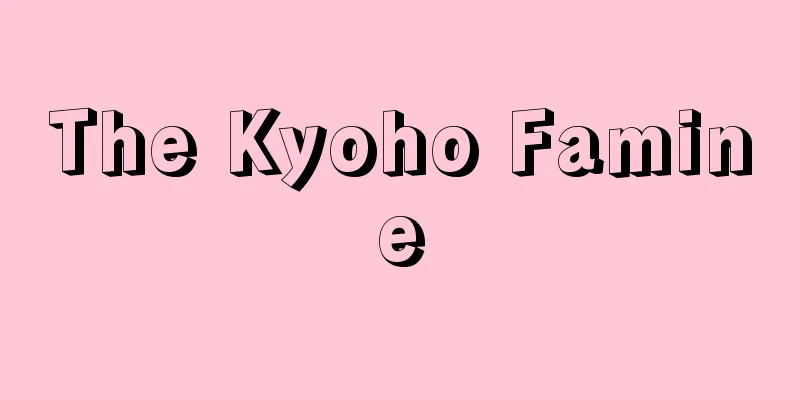Insurance value - insurable value

|
Valuation of the insured interest. In non-life insurance, the insured is said to have an insured interest when there is a risk that the insured will suffer economic loss due to the occurrence of an insured event related to the subject of the insurance. In non-life insurance contracts, as a general rule, the insured is required not to gain from receiving insurance money when an insured event occurs. This is called the principle of no gain. For this reason, the insured value indicates the maximum amount that should be paid when an insured event occurs. Therefore, the amount of insurance agreed upon by the parties in an insurance contract must not exceed this insured value. If the amount of insurance exceeds the insured value, no insurance will be paid for the excess amount as excess insurance. Non-life insurance is insurance that aims to compensate for losses caused by an insured event, and must not give any gain to the insured. The assessment of the insured value should be based on objective judgment according to social standards, and the calculation of damages at the time of the accident should be based on the value at the place and time of the accident. However, since the insured value constantly changes during the insurance period due to fluctuations in market value, addition of value, depreciation, etc., the principle of variable insured value is usually followed. However, there are many cases where it is practically difficult to calculate the insured value after the fact. Therefore, the Commercial Code stipulates that for insurance with a relatively short insurance period and little fluctuation in the insured value during that period, the insured value at the time when it is easy to evaluate should be used as the standard, and this should be used as the insured value throughout the entire insurance period (Commercial Code Articles 818 and 819). This is called the principle of non-changeable insured value. In addition, it is possible for the insurance company and the policyholder to agree on the insured value at the time of the conclusion of the insurance contract. The insured value agreed upon by the parties is called the agreed insured value, and an insurance contract that sets the agreed insured value and follows the principle of non-changeable insured value is called an appraised insurance. In assessed insurance, the amount of damages to be indemnified by the insurance company is determined by the agreed upon insured value (Article 18, Paragraph 2 of the Insurance Act). Insurance that is not assessed is called unassessed insurance. [Takuji Kaneko and Mitsuo Sakaguchi] [Reference] | | | |Source: Shogakukan Encyclopedia Nipponica About Encyclopedia Nipponica Information | Legend |
|
被保険利益の評価額。損害保険において、保険の目的について保険事故が発生することにより被保険者が経済上の損害を被るおそれのある場合に、被保険者は被保険利益を有するという。損害保険契約では原則として、被保険者が保険事故の発生に際し保険金を受け取ることによって利得してはならない、という要請が認められる。これを利得禁止の原則という。このため、保険価額は保険事故の発生に際して支払われるべき金額の最高限度を示す。したがって保険契約で当事者の約定する保険金額は、この保険価額を超えてはならない。もしも保険金額が保険価額を超えていれば、超過保険としてその超過額については保険金は支払われない。損害保険は、保険事故によって生じた損害を填補(てんぽ)することを目的とする保険であって、被保険者に利得を与えてはならない。保険価額の評価は社会通念による客観的な判断を基準とすべきで、事故発生時における損害額算定のためには、事故発生の地および時における価額によるべきとされるが、市場価額の変動や価値の付加や減価償却などで保険期間中に絶えず変動するため、通常は保険価額可変の原則によっている。しかし、保険価額の事後的な算定が実際上困難な場合が少なくない。そこで商法では、保険期間が比較的短く、その間における保険価額の変動が少ないような保険については、評価の容易な時点における保険価額を標準とし、これを全保険期間を通ずる保険価額として問題を処理すべき旨を定めている(商法818条・819条)。これを保険価額不変更主義という。また、保険契約締結の際に保険会社と保険契約者の間で保険価額を約定しておくことができるようになっている。当事者が約定した保険価額を約定保険価額といい、約定保険価額を定め、保険価額不変更主義によることにしている保険契約を評価済保険という。評価済保険では、保険会社の填補すべき損害の額は、あらかじめ約定された約定保険価額によって定める(保険法18条2項)。評価済保険でない保険を未評価保険という。 [金子卓治・坂口光男] [参照項目] | | | |出典 小学館 日本大百科全書(ニッポニカ)日本大百科全書(ニッポニカ)について 情報 | 凡例 |
Recommend
Donor (English spelling)
An impurity element that has a higher valence than...
Social welfare function
…However, even if economics cannot determine valu...
Nizam al-Mulk
1018‐92 Iranian politician. His name means "r...
Carving knife
A large meat-cutting knife for the dining table, u...
Pinching - Tekishin (English spelling)
A type of pruning that removes the central bud of ...
Danjiang - Danjiang
The longest tributary of the Han River, which flow...
Silverfish (Pompano) - Silverfish
…Currently, most of the catch is taken by bottom ...
prestige pricing
...(1) includes (a) cost-plus pricing, which adds...
Okinawa cuisine - Okinawa cuisine
A dish made in the Nansei Islands. It is also cal...
Electric conduction - denki dendo (English spelling)
When a battery is connected to both ends of an ob...
Housing - Carpet
What is a house? Definition and characteristics D...
Central Asia
In a broad sense, it refers to the area in the cen...
Stinky - Stinky
A perennial plant of the Juncaceae family (APG cl...
Abies firma; momi fir
A large evergreen tree of the pine family, endemic...
Forest Planning
This refers to the national forest plan based on t...

